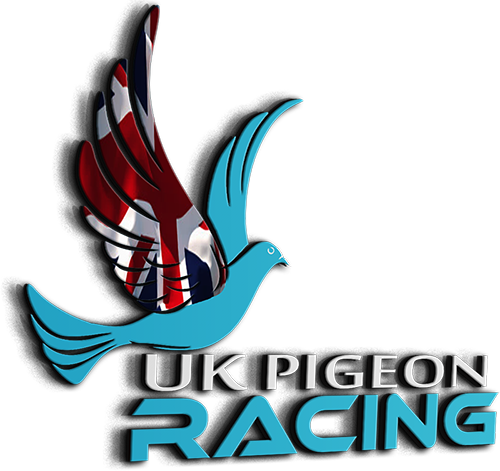Wing lock
-
CHARLTON34
- Posts: 267
- Joined: Fri Apr 05, 2024 5:34 pm
- Gender:

Hello, what's members thoughts on wing lock .
In the 50+ years I've kept pigeons I've only ever had 1 bird have it. A mealy hen that was held over for 7 days at 360 miles. She dropped after 10 hours and had wing lock. She was never the same again.
I read many SPRINT fanciers often get this and can only assume it's something either they are giving the birds or it's a weakness in their birds. If my birds were getting it often I'd be looking for the cause, not a treatment.
Mike then why does it only effect certain fancier's birds? If it was purely down to birds being confined then it would effect studs and those with stock lofts? Many have birds confined for YEARS and not just over Winter, and don't have this problem? I like many fanciers keep the birds in over Winter with zero troubles, have done for over 50 years.
And I also believe the stiffness caused by holdovers, is different to this 'wing lock' the sprint men get.
I have just been looking at this bit of research.
[Non-infectious unilateral wing lameness of pigeons, so called "Schieffliegersyndrom". First clinical and pathological results]
[Article in German]
A Kirchhoff 1, M Neumann-Aukthun, L Kamphausen
Affiliations Expand
PMID: 26666671 DOI: 10.15654/TPK-150059
Abstract
Objective: After medium- and long-distance flights and following the first training units of the year, a unilateral injuring of the shoulder joint is observed in racing pigeons. The objective of the study was to discuss the pathogenesis and aetiology of the damage.
Material and methods: In 35 pigeons suffering from unilateral wing lameness, the affected shoulder joints were examined microbiologically and histopathologically. Additionally, both shoulder joints of 12 affected pigeons were examined pathologically and histopathologically.
Results: Joint capsule, articular cartilage, tendons and bone structures displayed pathological changes.
Conclusion: The non-infectious unilateral wing lameness of pigeons appears to be a stress-induced mechanical damage of the shoulder joint. The different structures of the joint are over-extended by the physical/mechanical influences during longer flights.
Keywords: Ligamentum acrocoracohumerale; Processus acrocoracoideus; Wing lameness; hereditary disease; mechanical stress; pigeons; shoulder joi
[Non-infectious unilateral wing lameness of pigeons, so called "Schieffliegersyndrom". First clinical and pathological results]
[Article in German]
A Kirchhoff 1, M Neumann-Aukthun, L Kamphausen
Affiliations Expand
PMID: 26666671 DOI: 10.15654/TPK-150059
Abstract
Objective: After medium- and long-distance flights and following the first training units of the year, a unilateral injuring of the shoulder joint is observed in racing pigeons. The objective of the study was to discuss the pathogenesis and aetiology of the damage.
Material and methods: In 35 pigeons suffering from unilateral wing lameness, the affected shoulder joints were examined microbiologically and histopathologically. Additionally, both shoulder joints of 12 affected pigeons were examined pathologically and histopathologically.
Results: Joint capsule, articular cartilage, tendons and bone structures displayed pathological changes.
Conclusion: The non-infectious unilateral wing lameness of pigeons appears to be a stress-induced mechanical damage of the shoulder joint. The different structures of the joint are over-extended by the physical/mechanical influences during longer flights.
Keywords: Ligamentum acrocoracohumerale; Processus acrocoracoideus; Wing lameness; hereditary disease; mechanical stress; pigeons; shoulder joi
I think in winter months, weather permitting allows them to fly out. In which i did before finishing the sport. It's all about keeping the birds active in the winter season. A good thing is having a aviary for the birds to fly in and out through the day.
Unfortunately the sparrow hawks are already killing in the garden here a dove and what looked like a sparrow carried off before I could act in the last week
